Table of Contents
- What is Nigella Sativa?
- A Spice with Ancient Roots
- How to Use Black Cumin Seeds in Your Kitchen
- The Nutritional Powerhouse Behind the Tiny Seed
- Science-Backed Health Benefits
- Buying Guide: Choosing the Best Quality Nigella Sativa
- How to Grow Nigella Sativa
- Frequently Asked Questions About Nigella Sativa
- Final Thoughts on This Versatile Spice
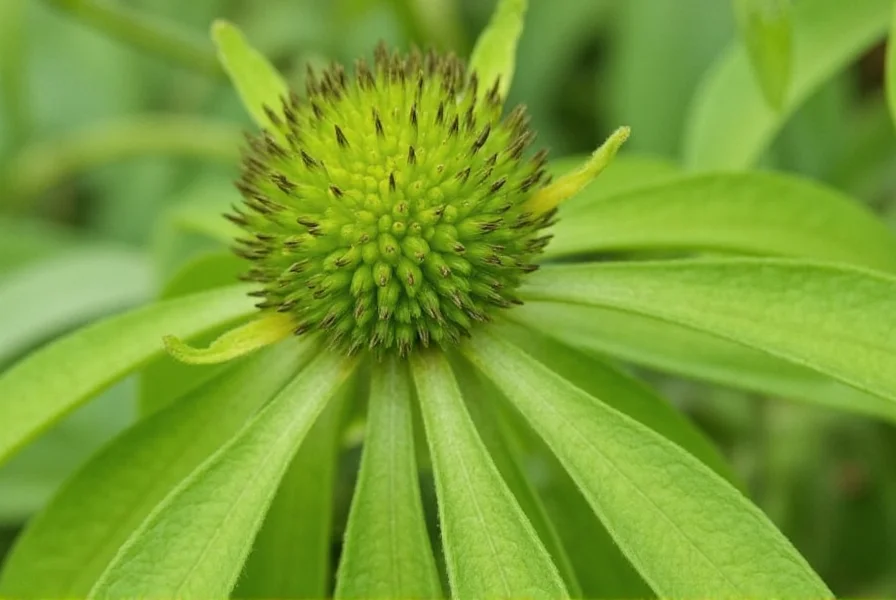
What is Nigella Sativa?
Nigella sativa, commonly known as black seed or kalonji, is a small black seed with a rich history in traditional medicine and global cuisine. Scientific research confirms its anti-inflammatory, antioxidant, and immune-supporting properties. This guide provides evidence-based information on its culinary applications, health benefits, and cultivation methods for informed use.
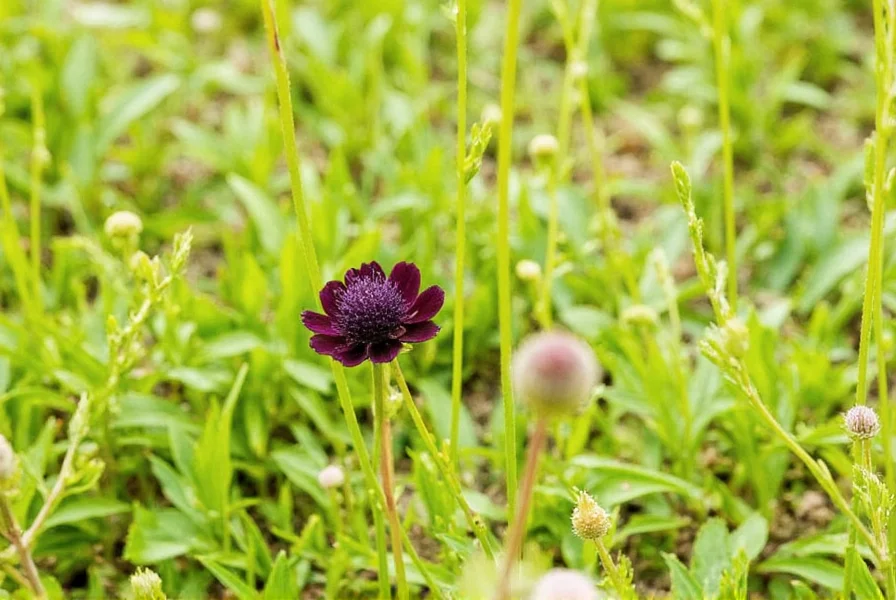
A Spice with Ancient Roots
The history of Nigella sativa spans thousands of years. Archaeological evidence shows it was found in Egyptian tombs, including Tutankhamun's, indicating its historical significance. Islamic tradition calls it "the remedy for every disease," while Ayurvedic and traditional Chinese medicine systems have long recognized its therapeutic value. Modern research continues to validate these ancient uses.
How to Use Black Cumin Seeds in Your Kitchen
Nigella sativa seeds deliver a nutty, slightly peppery flavor that enhances both savory and sweet dishes. Here's how to use them effectively:
- Breads & Flatbreads: Sprinkle on naan, pita, or sesame bread before baking.
- Spice Blends: Add to curry powders or garam masala mixes.
- Pickling: Include in vegetable pickling brines for earthy depth.
- Cheese & Yogurt: Mix crushed seeds into labneh or yogurt dips.
- Rice Dishes: Sauté in ghee before adding rice for aromatic complexity.
| Tip | Description |
|---|---|
| Toast First | Dry-roast seeds for 1–2 minutes to unlock aromatic oils. |
| Use Sparingly | Start with ½ teaspoon per serving to avoid overpowering flavors. |
| Mix with Other Spices | Pair with cumin, coriander, turmeric, or mustard seeds for balanced taste. |
| Store Smartly | Keep whole seeds in an airtight container away from light for up to a year. |
The Nutritional Powerhouse Behind the Tiny Seed
Don't let their size fool you—Nigella sativa seeds are nutrient-dense. A single tablespoon (6g) contains:
- Fiber for digestive health
- Iron for oxygen transport
- Calcium for bone strength
- Zinc for immune function
- Healthy fats (including linoleic acid)
Its key active compound, thymoquinone, is a potent antioxidant linked to many health benefits. According to the National Institutes of Health (NIH), thymoquinone demonstrates significant anti-inflammatory and antioxidant effects in peer-reviewed studies.
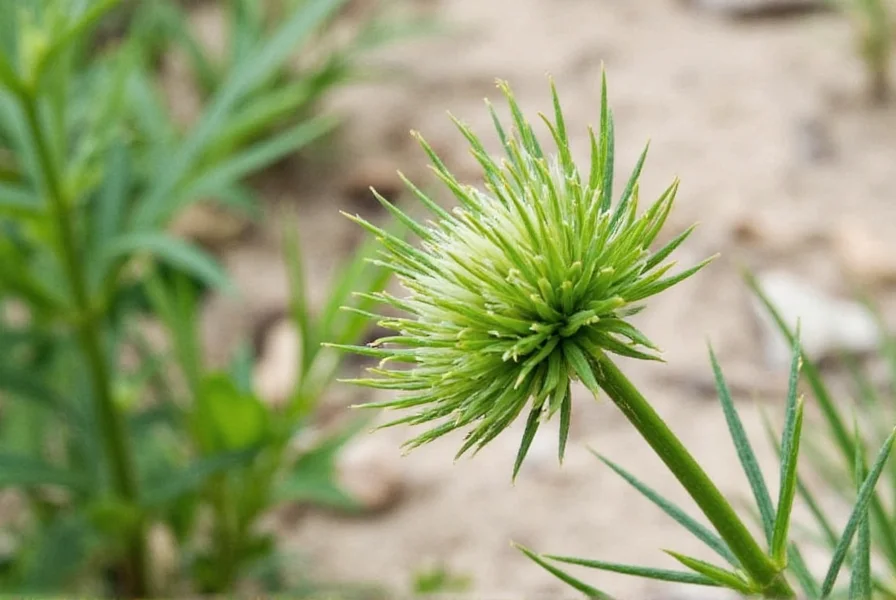
Science-Backed Health Benefits
Research confirms Nigella sativa's potential health applications. Key evidence-based benefits include:
- Anti-inflammatory properties: A 2020 study in the Journal of Medicinal Food showed significant reduction in inflammatory markers in patients with rheumatoid arthritis.
- Immune support: NIH research indicates thymoquinone enhances immune response against pathogens.
- Digestive aid: Clinical trials confirm it reduces bloating and gas when consumed in moderation.
- Skin health: Topical application of Nigella oil improves eczema symptoms, per a International Journal of Dermatology study.
- Allergy relief: A 2019 study in Phytomedicine demonstrated reduced seasonal allergy symptoms in human trials.
Always consult a healthcare provider before using Nigella sativa for medical purposes, especially if you have existing conditions or take medications.
Buying Guide: Choosing the Best Quality Nigella Sativa
With so many options available, choosing the right product can feel overwhelming. Here's a quick guide to help you select the best one for your needs:
| Product Type | Features | Best For | Recommended Brands |
|---|---|---|---|
| Whole Seeds | Unprocessed, retain natural oils and aroma | Cooking, DIY spice blends | Simply Organic, Frontier Co-op |
| Ground Powder | Convenient, easily blended into dishes | Marinades, spice rubs | Spice Garden, The Spice Lab |
| Oil Extract | Concentrated form, ideal for topical and internal use | Skincare, supplements | Herb Pharm, NOW Foods |
| Capsules | Pre-measured dosage, easy to ingest | Wellness routines, dietary supplements | Thorne Research, Garden of Life |
What to Look For When Buying
- Organic Certification: Ensures no pesticides or synthetic additives.
- Country of Origin: Egypt, India, and Turkey are known for high-quality Nigella sativa.
- Packaging: Dark glass bottles preserve quality, especially for oils.
- Expiration Date: Oils and seeds can go rancid—always check freshness.

How to Grow Nigella Sativa
Growing your own Nigella sativa is surprisingly easy and rewarding!
Growing Conditions
- Sunlight: Full sun (6+ hours daily)
- Soil: Well-draining, fertile soil (add compost for best results)
- Water: Moderate watering—don't overwater
- Climate: Thrives in warm, dry climates; can be grown indoors in cooler regions
Step-by-Step Growing Guide
- Plant seeds directly in soil after the last frost.
- Space plants about 15 cm apart to allow for growth.
- Keep the soil moist until sprouts appear (usually within 7–14 days).
- Once mature, harvest the pods when they dry out and begin to split open.
- Collect the black seeds inside and store them in an airtight container.
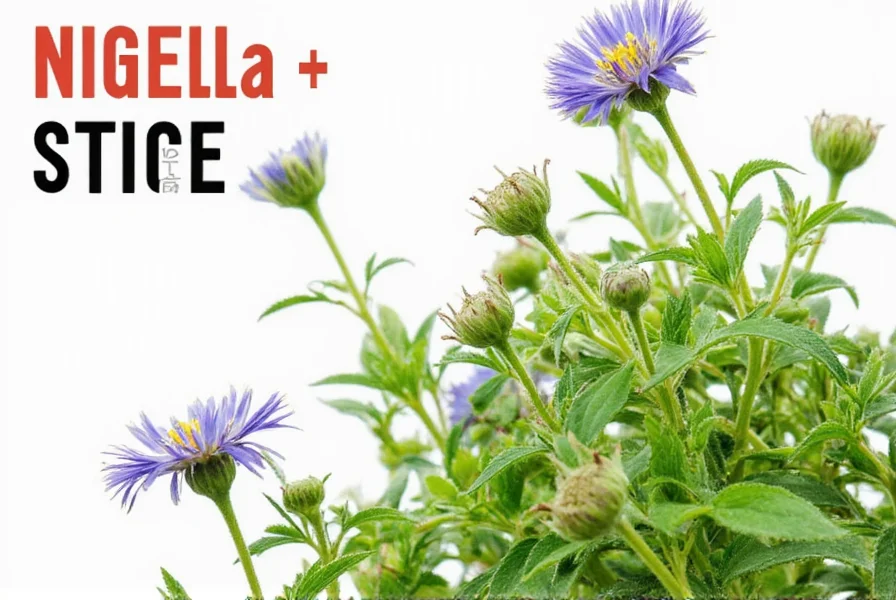
Frequently Asked Questions About Nigella Sativa
Is Nigella Sativa easy to grow for beginners?
Yes, Nigella Sativa is considered relatively easy to grow, even for gardening beginners. The plant is hardy, drought-tolerant once established, and doesn't require special care. It grows well in most soil types as long as drainage is good, and it's not particularly susceptible to pests or diseases. Many gardeners find it self-seeds readily, coming back year after year with minimal intervention.
How long does it take for Nigella Sativa to grow from seed to harvest?
Nigella Sativa typically germinates within 7-14 days after planting. The plants will mature and begin flowering in about 60-90 days. You can harvest the seeds approximately 3-4 months after planting, when the seed pods turn brown and begin to dry out. The entire growing cycle from seed to seed harvest usually takes 3-4 months depending on climate conditions.
Can Nigella Sativa grow in containers or pots?
Yes, Nigella Sativa grows well in containers! Choose a pot that's at least 12 inches deep with good drainage. Fill with a quality potting mix, plant 2-3 seeds per container, and thin to the strongest plant once they sprout. Container-grown plants will need more frequent watering than those in garden beds, but otherwise require the same care. This is an excellent option for gardeners with limited space or those in cooler climates who want to move plants indoors during colder months.
What are the ideal conditions for growing Nigella Sativa?
Nigella Sativa thrives in full sun (6+ hours daily) with well-draining soil. It prefers slightly alkaline to neutral pH (6.5-7.5). While it tolerates poor soils, adding compost will improve growth. The plant is drought-tolerant once established but benefits from regular watering during dry periods. It grows best in temperatures between 60-85°F (15-29°C) and can withstand light frost. In hot climates, afternoon shade can prevent stress during peak summer heat.
How do I harvest and store Nigella Sativa seeds?
Harvest Nigella seeds when the seed pods turn brown and begin to dry out but before they fully split open. Cut the entire seed head and place it in a paper bag to catch falling seeds as they mature. Once completely dry, gently crush the pods to release the tiny black seeds. Store the cleaned seeds in an airtight container away from light and heat. Properly stored, Nigella seeds will retain their flavor and potency for up to two years.
Is Nigella Sativa the same as black cumin or regular cumin?
This is a common point of confusion! Nigella Sativa is often called "black cumin" but is botanically unrelated to regular cumin (Cuminum cyminum). It's also sometimes confused with black caraway or onion seeds. True cumin has a completely different flavor profile and plant structure. Nigella Sativa seeds are small, matte black triangular seeds, while regular cumin seeds are larger, lighter brown, and curved. Despite the naming confusion, they are distinct plants with different culinary and medicinal properties.
Can I eat the leaves of Nigella Sativa?
While the seeds are the most commonly used part of the plant, the young leaves of Nigella Sativa can be eaten as a leafy green vegetable in salads or cooked like spinach. However, they have a somewhat bitter taste that not everyone enjoys. The flowers are also edible and often used as a decorative garnish. For most culinary applications, however, the seeds remain the primary edible part of the plant.
What pests or diseases commonly affect Nigella Sativa plants?
Nigella Sativa is generally quite resistant to pests and diseases. Occasionally, aphids or spider mites might appear, especially in dry conditions. These can usually be controlled with a strong spray of water or insecticidal soap. In overly wet conditions, root rot can occur, which is why good drainage is essential. The plant's natural compounds actually help repel many common garden pests, making it a beneficial companion plant in vegetable gardens.
Can I grow Nigella Sativa indoors?
Yes, you can successfully grow Nigella Sativa indoors with proper care. Choose a sunny south-facing window or provide supplemental grow lights (12-14 hours daily). Use a well-draining potting mix in containers with drainage holes. Keep soil consistently moist but not soggy. Indoor plants may be smaller than outdoor-grown ones but will still produce flowers and seeds. For best results, grow indoors during winter months and transition to outdoor conditions in spring when temperatures warm up.
How does Nigella Sativa differ from regular cumin in culinary uses?
While both are used as spices, Nigella Sativa (black seed) and regular cumin have distinct flavor profiles and culinary applications. Nigella has a more complex flavor—nutty, peppery, with subtle onion-like notes—while cumin is earthier and more pungent. Nigella seeds are typically used whole as a topping (like on breads) or as a finishing spice, while cumin is often ground and used as a base flavor in dishes. They're not interchangeable in recipes, as they create very different flavor experiences in your cooking.
Final Thoughts on This Versatile Spice
From the kitchen to the medicine cabinet, Nigella sativa proves that small things come in mighty packages. Whether you're using it to elevate your cooking or exploring its wellness potential, this ancient spice deserves a place in your spice rack and possibly your garden too.
Ready to try it out? Grab a packet of seeds or a bottle of oil and see for yourself why this ancient spice is still trending today.

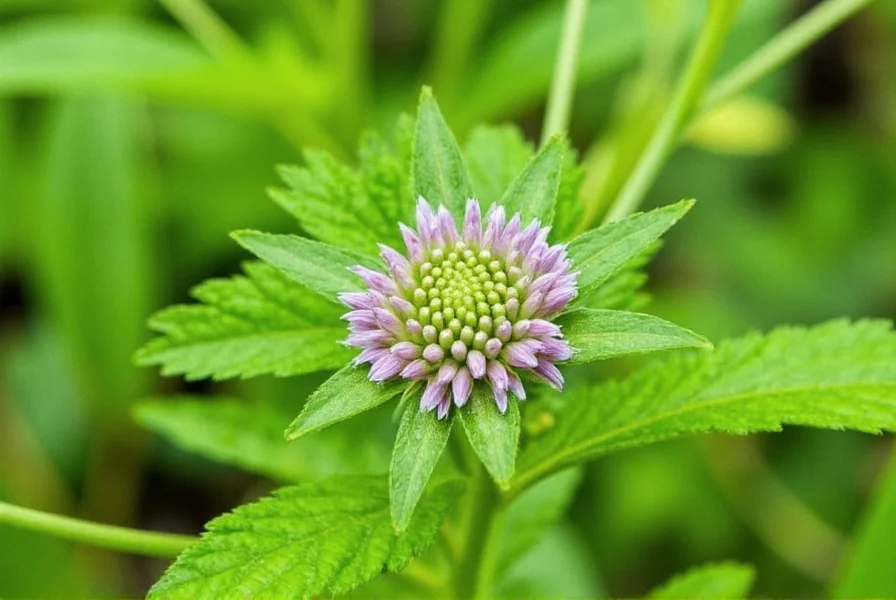









 浙公网安备
33010002000092号
浙公网安备
33010002000092号 浙B2-20120091-4
浙B2-20120091-4